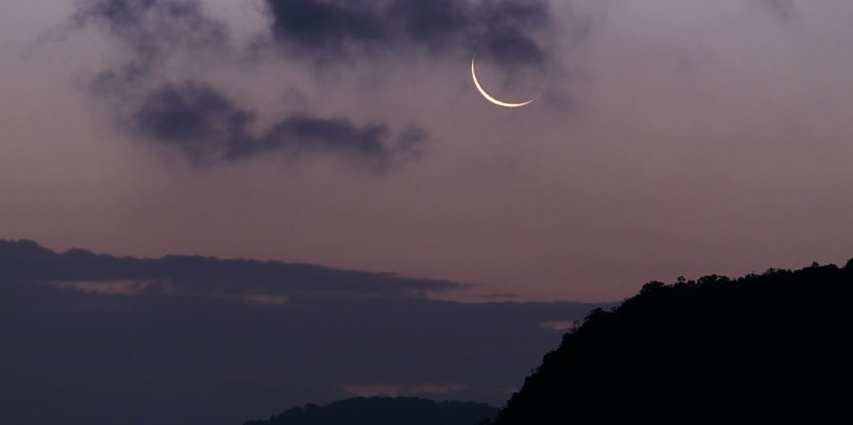|
|
Our bodies, like the ocean, have rhythmic tides that fluctuate, and are controlled by internal clocks. The biological clock that synchronizes the 24-hour cycle is called the Circadian Rhythm, from the Latin “circa” meanings “about” and “diem” meaning “day”. The rhythm of the day parallels the rhythm of life: waking to a new day and then our nightly return to sleep, or as Shakespeare put it, returning to “death’s counterfeit.”
Peaks and Valleys
Our body temperature rises as morning approaches, peaks during the day, slips for a time in the afternoon (siesta time) and then begins to drop again, just as we are about ready for bed. This is controlled by the hypothalamus and thalamus glands in the center of our brain. Research suggests our thinking is sharpest and our memory most accurate during our peak.
Our circadian rhythm tends to keep us awake as long as there is daylight, and prompts sleepiness as darkness approaches. Light and darkness are the external signals that set our biological clock. In terms of quality, our best sleep occurs when our sleep schedule matches our circadian clock. When we go to sleep and wake up around the same time each day including weekends.
Rhythm Disruption
Our circadian system is very intolerant of major disuptions in our normal sleep cycle. For example, people who stay up late, or work a night shift have difficulty with mental and physical performance. They often experience sleepiness earlier, exhibit a lack of concentration, slowed reflexes, and even nausea. You can reset your circadian clock by adjusting the lighting, or taking a short 20-minute nap to improve performance, alertness and mood.
When a transcontinental airline flight disrupts our circadian rhythm, we experience “jet lag.” This is mainly because our lives are controlled by local time, and we are awake when our circadian rhythm is telling us it’s time to sleep (or stay sleeping). Studies suggest that spending your first day outdoors after a long flight, will cause the sun to reset your circadian or biological clock.
The body clocks of our ancestors were in sync with the rising and setting sun of a 24-hour day. But because of Thomas Edison’s light bulb we stay up too late to get a full eight hours of sleep, and this changes our cycle closer to a 25-hour day.
Biological Rhythm = Biorhythm
Sleep is an innate biological rhythm – a biorhythm, and is part of our homeostasis. Homeostasis is the process that regulates many parts of our body. It is like our body’s thermostat. It maintains a “steady state” of internal conditions, such as blood pressure, body temperature, hunger, hormone levels, acid balance and the amount of sleep we need, to a few.
Once we wake up, the homeostatic drive for sleep begins. It accumulates all day, reaching a level sometime in the late evening usually, when most of us want to go to bed.
Nano and NeuroTransmitters
Nerve-signaling chemicals in our brain called nanotransmitters control whether we are asleep or awake, by acting on different groups of cells, or neurons. Neurons in the brainstem produce nanotransmitters such as serotonin and other homones that keep some parts of the brain active while we are awake. Other neurons begin signaling when we fall asleep and switch off the signals that keep us awake. A chemical produced in our bodies called Adenosine builds up while we are awake to the point where it reaches a level that causes us to become drowsy.
This report is not a diagnosis. We hope this information can guide you toward improving your life.
Review our Knowledge Base or the links displayed on this page for similar and related topics.

